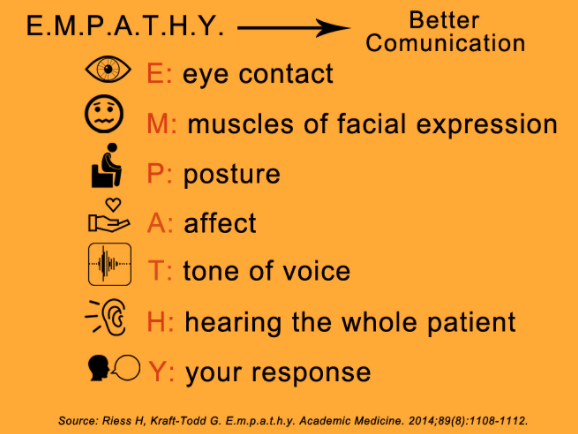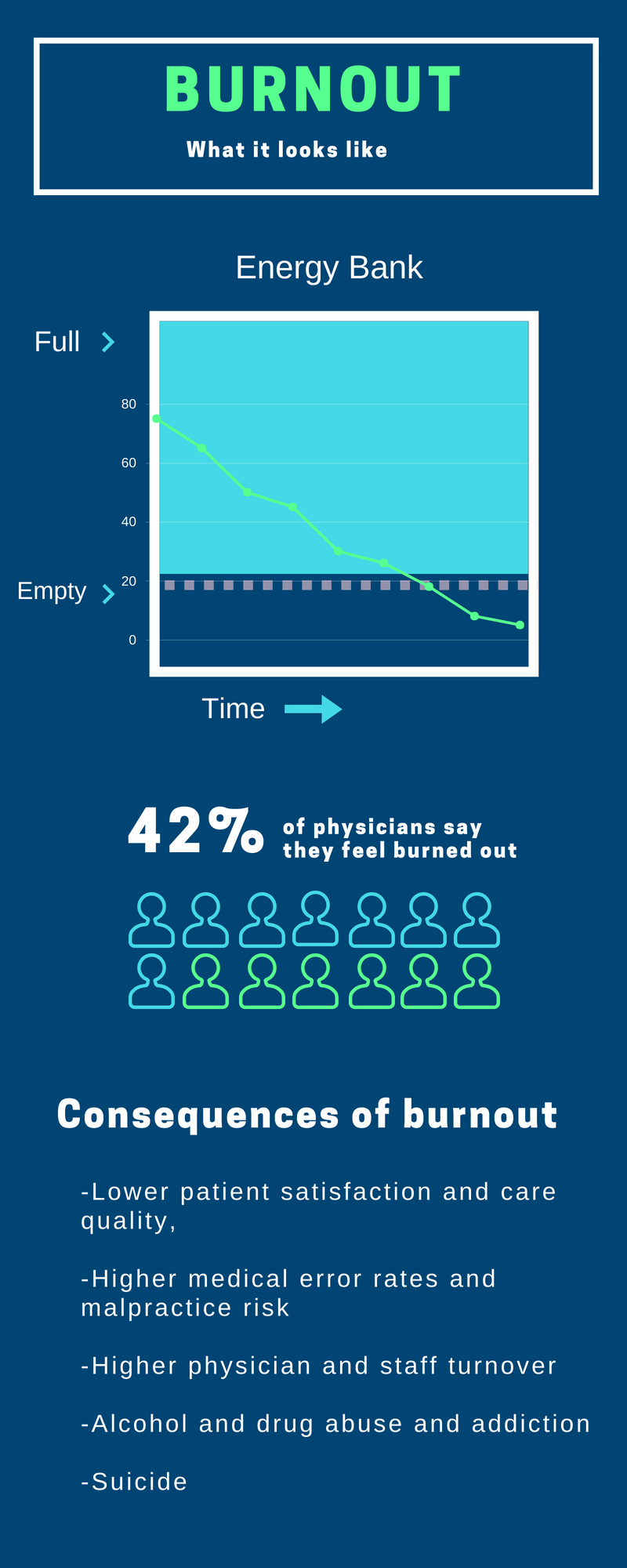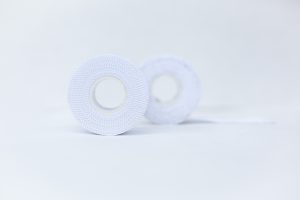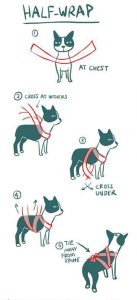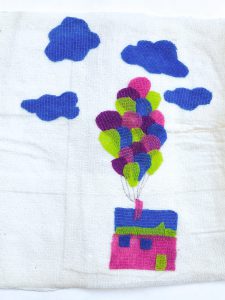Wound care for minor cuts, burns, or abrasions can be done at home with only a few supplies. Ensure that there are no other injuries (ie broken bones) before attending to the wound. For any minor wound, your first steps to care should look like this:
Step 1: Wash or disinfect your hands before handling any wound, especially another person’s. This helps prevent infections.
Step 2: Assess the wound. Is this something you should leave to a medical professional? If it is less than half an inch long, or deep, go to a doctor. If any of the following are true, seek medical attention:
- Bleeding comes in spurts or you cannot stop the bleeding with applying gentle pressure.
- The wound has jagged edges, is deep or gaping, or is across a joint
- You have a bite from an animal or human
- Your wound is very dirty or was imposed by a dirty object
- You develop redness and swelling and/or a fever—and/or you experience numbness and loss of mobility in the wounded body part.
- The wound is on your face
- You are not up to date on your tetanus vaccines
Step 3: If you have determined that it does not require medical attention, proceed by cleaning it. (After you have stopped the bleeding). To do this, you should first rinse the wound in clean water, removing any dirt or debris. If you need to, use alcohol sterilized tweezers to remove any pebbles or dirt that is lodged within the wound. Using sterilized gauze, or a washcloth use mild soap and water to gently clean around the wound, taking care not to get soap inside. There is no need to use hydrogen peroxide or rubbing alcohol, which can harm healthy cells needed for healing. For a burn, hold it under cool water for 10-15 minutes, or hold a cold cloth on it.
Step 4: Apply a thin layer an antibiotic cream or ointment to promote healing and prevent infection.
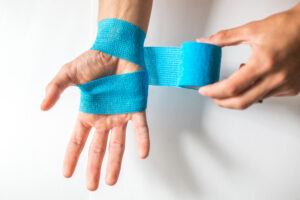
Step 5: Dress the wound. Not all wounds will need to be covered, but any wound that is large, or in a place where it could get dirty or rub against your clothes (hands, feet, knees). Some may only require a bandaid, while larger wounds may require a cohesive bandage. A bandaid can be applied directly to the wound. For a cohesive bandage, you will need to place a gauze sponge on the wound (with ointment) and gently wrap the cohesive around to keep the gauze in place and to keep it clean. All dressings should be changed every 24 hours or when it gets wet or dirty.
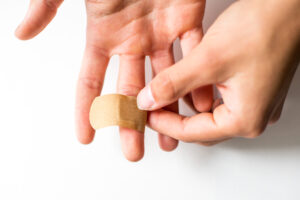
Once you have cared for the wound, watch out for any of the following symptoms as it could mean your wound is infected:
- Increased pain, redness or swelling
- Skin around the wound feels warm
- Unpleasant odor when cleaning the wound
- Increased drainage or pus
- Fever or chills
If you experience any of these symptoms following a wound, seek medical attention immediately.
Read More
